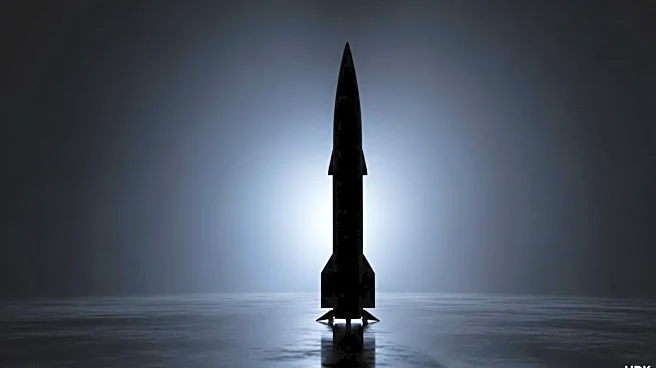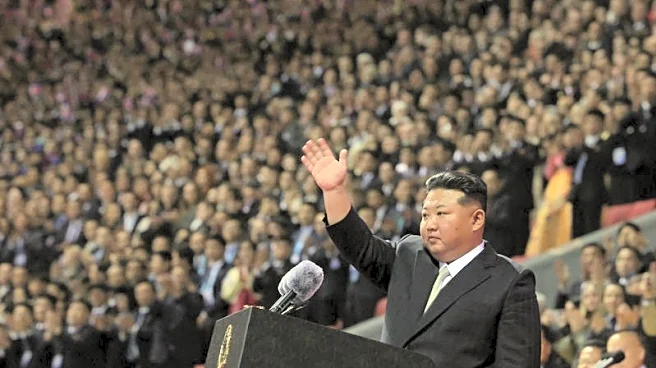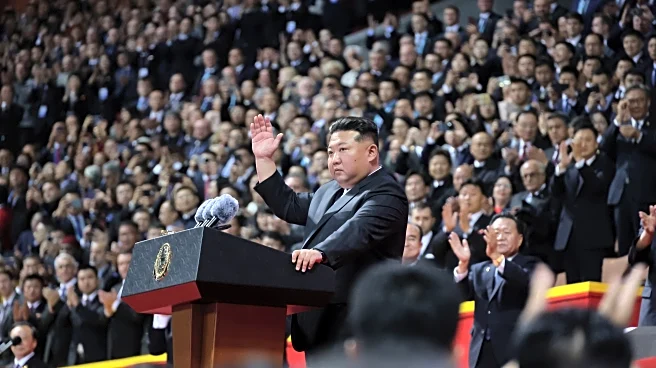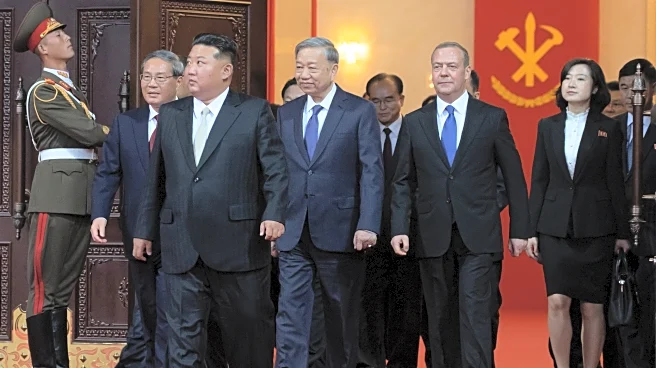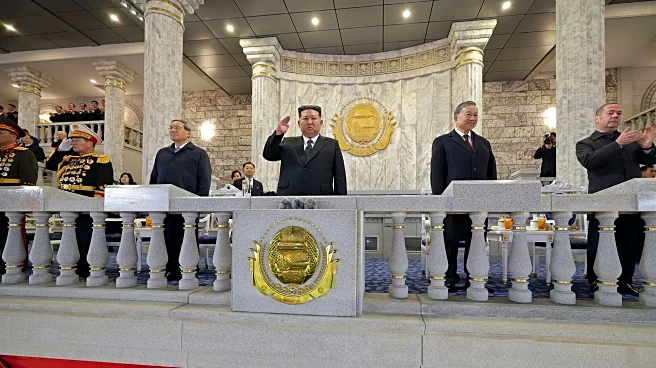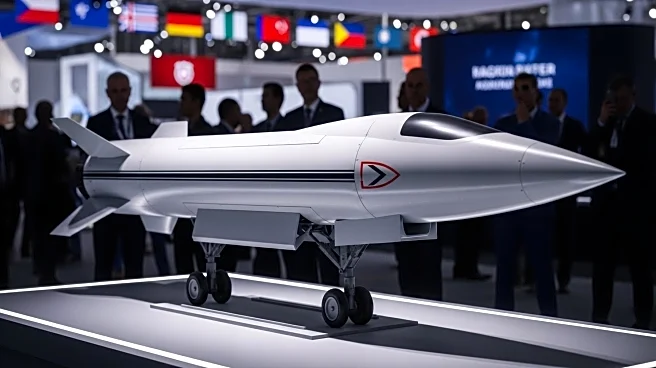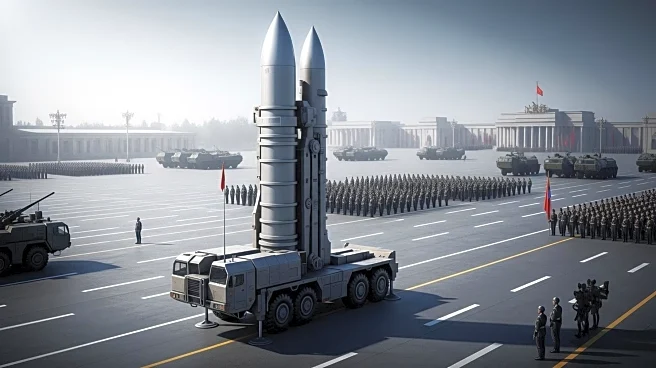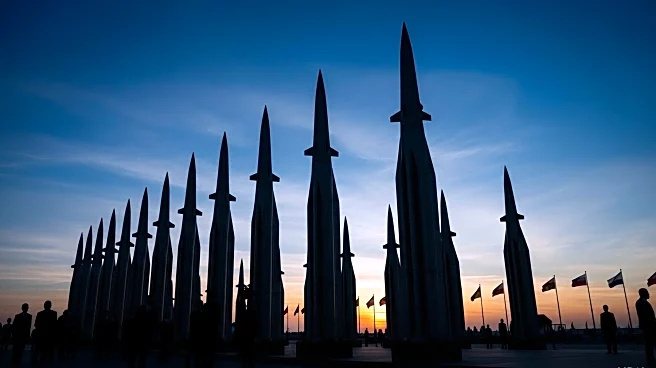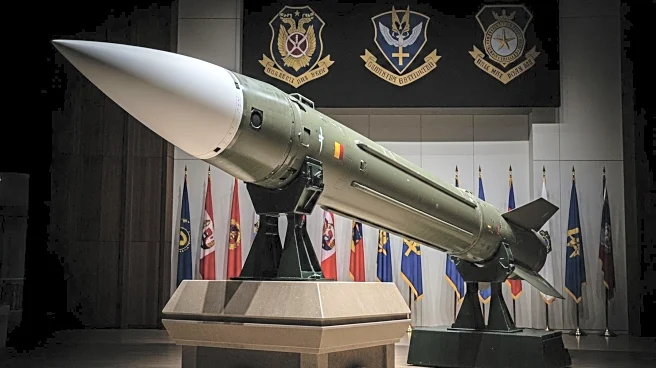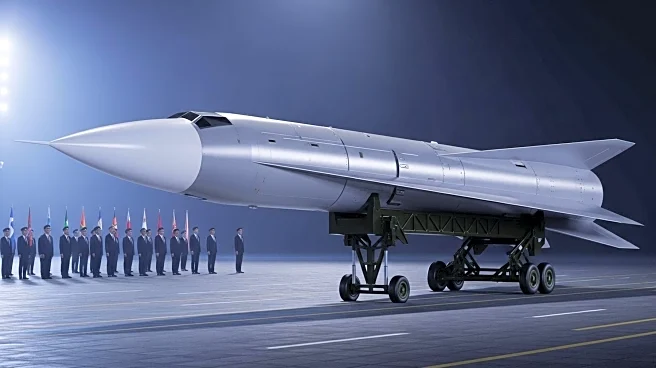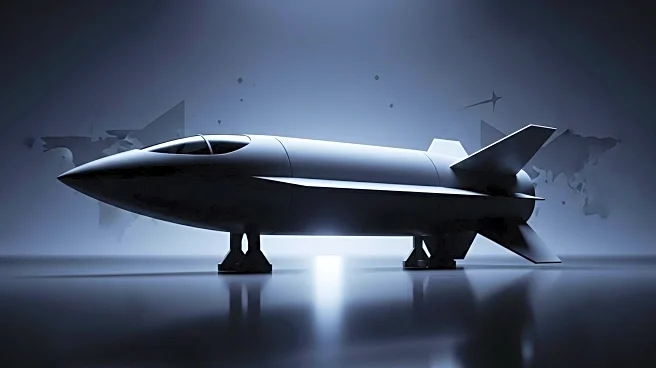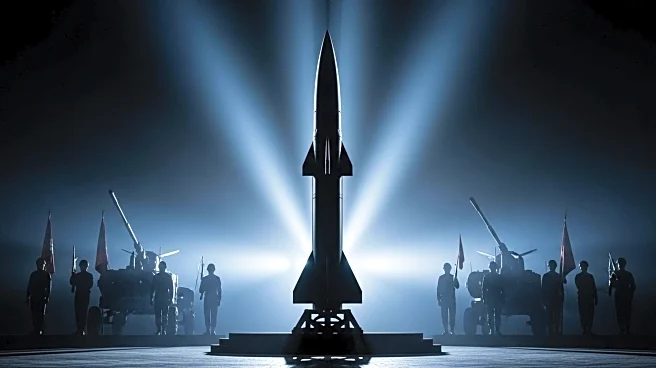What is the story about?
What's Happening?
North Korea held a military parade in Pyongyang, showcasing its new long-range intercontinental ballistic missile, the Hwasong-20, described as the country's most powerful nuclear strategic weapon system. The parade marked the 80th anniversary of the founding of the Workers' Party and was attended by high-level foreign officials, including Chinese Premier Li Qiang, former Russian President Dmitry Medvedev, and Vietnam's Communist Party chief To Lam. Kim Jong Un emphasized the need for the military to evolve into an invincible force that eliminates all threats. The event also featured shorter-range ballistic, cruise, and supersonic missiles.
Why It's Important?
The unveiling of the Hwasong-20 underscores North Korea's continued focus on expanding its nuclear arsenal amid growing tensions with the United States and South Korea. The parade also marked a show of strength for Kim Jong Un, who has repeatedly vowed to bolster the country’s nuclear deterrent in response to perceived hostile actions from the West. The presence of foreign dignitaries highlights North Korea's growing alignment with China and Russia, potentially altering geopolitical dynamics in the region.
What's Next?
North Korea may conduct a test of the Hwasong-20 in the coming weeks, as suggested by the parade's emphasis on the missile. The development of multi-warhead systems could improve North Korea's ability to penetrate missile defenses, posing a challenge to U.S. and allied defense strategies. The international community, particularly the United States and South Korea, will likely continue to monitor North Korea's military advancements closely.
Beyond the Headlines
The parade and the unveiling of the Hwasong-20 reflect North Korea's strategic ambitions and its desire to be recognized as a nuclear power. The event also highlights the country's efforts to strengthen ties with Russia and China, potentially forming a united front against Western influence. This alignment could have long-term implications for regional security and diplomatic relations.
AI Generated Content
Do you find this article useful?
